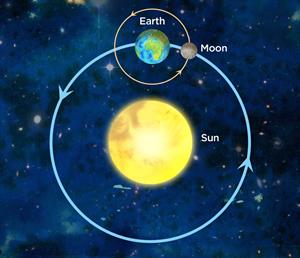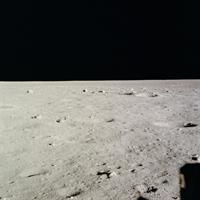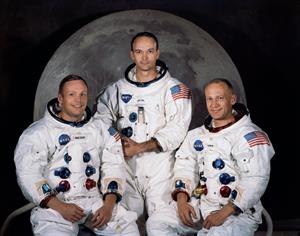
PUMPA - SMART LEARNING
எங்கள் ஆசிரியர்களுடன் 1-ஆன்-1 ஆலோசனை நேரத்தைப் பெறுங்கள். டாப்பர் ஆவதற்கு நாங்கள் பயிற்சி அளிப்போம்
Book Free DemoMoon plays an important role in our daily life.
A period of one month in the calendar is the time period between one full moon to the next full moon. This period is slightly longer than 29 days. This is the time taken to complete one cycle of the lunar phase.
Blue Moon:
In general, only one new moon occurs in a month. But, sometimes, two new moons can occur in the same month. The second new moon, which comes in the same month, is known as the Blue Moon.
Festivals celebrated:
Festival | Celebrated on |
Diwali | New moon day |
Budh Poornima | Full moon day |
Guru Nanak birthday | Full moon day |
Maha Shivratri | Thirteenth night of waning moon |
Eid-ul-Fitr | Crescent moon |
Rotation of the Moon:
One can never see the back (far side) of the Moon because the Moon completes its rotation on its axis while revolving around the Earth. Due to this, the same portion of the Moon always faces the Earth. It is simply known as Tidal locking.

Orbit of Moon around Earth
In other words, the length of the day and year in the Moon is the same. The time taken to complete one rotation is approximately 27 days (exactly 27.3 days).
The surface of the Moon:

Moon's surface
Existence of life:
The existence of life is not possible on the Moon as it does not contain air and water. Sound cannot be heard on the Moon, since there is no air (atmosphere). Sound requires a material medium for propagation.
Landing on the Moon:
Neil Armstrong, an American astronaut, was the first person to set foot on the Moon on July 21, 1969 on Apollo-11 mission. It was the first ‘Man Landing Mission’ to the moon. Neil Armstrong was the first man to walk on the surface of the Moon, followed by Edwin Aldrin.

Neil Armstrong walking on Moon

Footprint of Neil Armstrong
The members of the crew were Neil Armstrong, Edwin Aldrin, and Michael Collins.
"That's one small step for a man, one giant leap for mankind" - Neil Armstrong

From left: Neil Armstrong, Edwin Aldrin, and Michael Collins
Reference:
https://www.nasa.gov/sites/default/files/styles/946xvariable_height/public/images/464398main_S69-31739_full.jpg?itok=jP12ZGOk
https://live.staticflickr.com/7187/13598100735_7f139afcd8_b.jpg
https://cdn2.picryl.com/photo/1959/07/20/view-form-lunar-module-of-surface-of-the-moon-near-where-lm-touched-down-ce2b48-1024.jpg